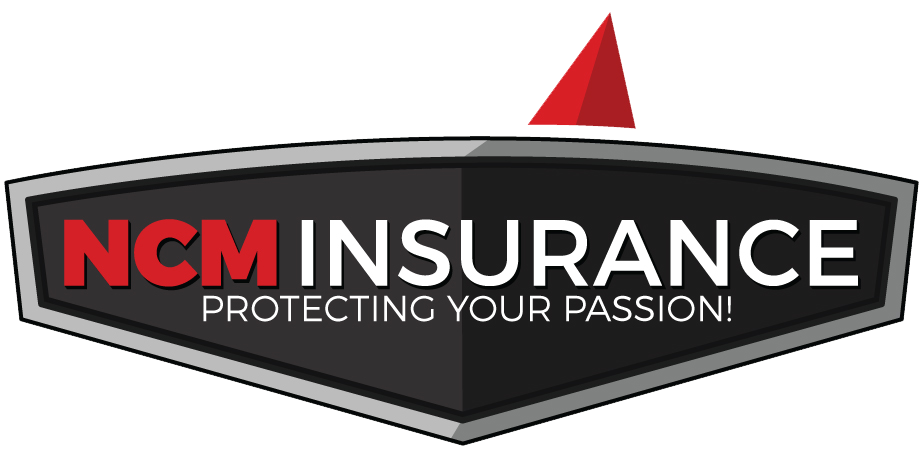By: Gary Cockriel
Museum Delivery Program Manager
Edited by: Bobbie Jo Lee
NCM Insurance Agency Customer Service Representive
Rise and Shine – Waking Your Car from Winter Hibernation

Corvette enthusiasts are great protectors of their Corvettes and work extremely hard to take care of them both on the road, during the busy show season and after a long winter’s rest. Here are some tips that will make “waking up” your Corvette from a long, cold winters nap a bit easier and more efficient.
- Surface Cleaning: Remove your cover or protector wrap and be sure to lightly and gently blow or dust the surface of your Corvette prior to washing. Harsh and abrasive cleaning without removing the dust first can scratch the top coat.
- Level Checks: Be sure to unplug the battery tender prior to removing the cables from the battery, and check all fluids before starting the car. Oil, water levels, power steering, brake and clutch, windshield washer and transmission fluid –all level checks. Part of this will be repeated later on during our check list. This is also a great time to check your wiper blades. You can easily scratch the windshield if your blades are dried and cracked. So, just replace them as part of your fluid check.
- Brake Check: Before starting your Corvette, it is a good idea to gently push the brake pedal down halfway – several times to check the pressure. You should also do the same with a clutch pedal for manual transmissions. This process will help with any sticking valves that may have occurred during the winter months. If the pedals aren’t as firm as they should be – recheck the brake fluids. If the levels look right and the pressure still is not as firm as it should be, you may need to have your brakes serviced.
- Starting the Car: Disabling the ignition to turn over – but not start is the next step to take in preparing your car for the road. Disabling the electrical system to the engine so that you can actually “crank” the engine without actually starting the car is important. This gets the oil pumped to the top of the motor before the car is started and idling – which can be rough on the engine after months of sitting. Repeating this step several times also helps lubricate everything in the engine and prevents a dry start. Oil drains over time to the bottom of the engine and this step will help keep your car running smoother. You will see the oil gauge slowly rise as it should, and then you are ready to reconnect everything to actually start the car. A well ventilated area is the best place to perform this step.
- If you do want to start the car you should turn on the ignition but not to the start position – just so that all the lights and buzzers are on. This will give the electric fuel pump a chance to prime the injectors. You may want to turn the key off and do this step once more just to help the pump and injectors get a head start. Now try and start the car. If it cranks but doesn’t start, let the engine turn over a few times then stop and repeat with the key on but not at the starting step. This will again let the pump get fuel to the injectors. Of course if this doesn’t work you may need to get a service person.
- Once the car is running let it warm up completely. Normal operating temperature should be around 200 degrees. Keep an eye on the water temperature and do not to let it over heat.
- For cars with and an automatic transmission: – While your foot is on the brake and the emergency brake engaged, slip the shifter into reverse. Shift
into drive and back into park. With the engine running and transmission in park and the emergency brake on, recheck the transmission fluid. This should be at the normal level now.
- Shut Down – Cool Off: Shut everything down let the engine cool off. This is a good time to check all the lights, turn signals and tire pressure. The tire sensors may start an alert signal; just reset it until you go for the test drive later. Also, this is a good time to make sure your new plate or decal is on the car and your current insurance papers are where you keep them. Now, recheck the fluid levels again.
- Test Drive Time: Now that you have taken the precautionary steps to prepare your car for the first drive of they year! Make the first one a “slow” run. Always checking the brakes to make sure they are up and working. You should apply them from time to time to help clean the rotors and pads from light surface rust that forms from sitting. Let the transmission go through all the gears. Once back at the garage, keep the parking brake on and with the engine still running, recheck the transmission fluid. Let the engine cool again and check all fluid levels one last time.
We hope these helpful tips help prepare you for a fun and exciting year to enjoy your Corvette. We hope you will make the National Corvette Museum one of your stops during the show season and invite you to join us at any of our exciting events planned for 2013. Our 2013 Event Calendar is posted via our website at: www.corvettemuseum.org or give us a call at: 800-53-VETTE to find out more. Thank you for supporting the National Corvette Museum, we hope to see you soon!
